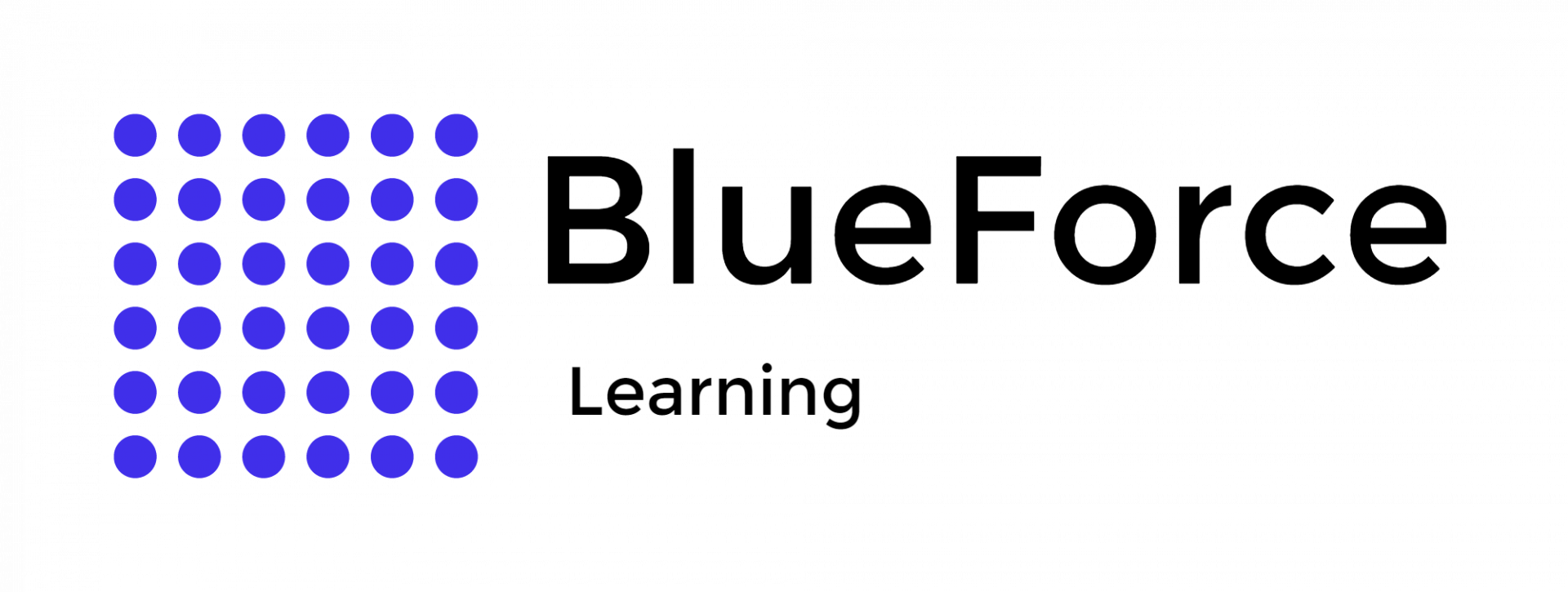Over the past few years, law enforcement agencies across the United States have substantially increased their use of the Google geofence warrant. According to Google's transparency reports, the volume of these requests has surged significantly.
In California alone, the number of requests increased from 209 in 2018 to 1,909 in 2020. A similar trend was observed in Florida, where requests went from 81 in 2018 to over 800 in 2020. Ohio saw an increase from seven to 400 requests within the same timeframe.
These numbers indicate a nationwide trend. Across all 50 states, Google received 941 geofence warrant requests in 2018. By 2020, that number had increased to 11,033, constituting over 25% of all data requests Google receives from law enforcement.
Critics like
Jake Laperruque from the Project on Government Oversight argue that the technique is overly invasive and should only be used as a last resort. A single warrant could generate data from hundreds of devices, not all of which are necessarily related to the criminal activity under investigation.
This has prompted privacy advocates and civil liberties groups to call for a ban on the technique, citing potential violations of Fourth Amendment protections against unreasonable searches.
Recently, assembly member
Mia Bonta introduced legislation AB 793 to ban geofence warrants that compel tech companies to disclose individuals' identities based on location or online searches. The bill received support from privacy advocates and tech companies but faced opposition from law enforcement agencies.
Law enforcement agencies argued that banning all geofence warrants is an overreach, as these warrants are sometimes the best way to solve crimes. On the other hand, privacy advocates argued that the practice unnecessarily jeopardizes the privacy of innocent people.
The point that needs to be highlighted here is that obtaining a Google geofence search warrant involves multiple steps and judicial oversight to narrow potential suspects before any identifying information is requested.
To comprehend this, it is imperative to understand the right way to
Get a Google Geofence Warrant. If acquired and used ethically, it is one of the most effective methods of obtaining evidence to efficiently solve cases and provide justice to the victims
Before applying for the warrant, law enforcement agencies must understand the legal prerequisites, such as establishing probable cause and the relevance of the data to an ongoing criminal investigation. Agencies must provide a detailed description of the geographical area and the specific time frame for the data. The warrant must also comply with federal and state laws concerning data privacy.
The drafted warrant is submitted to a judge for examination. The judge reviews the warrant to ensure it meets all legal requirements and has sufficient probable cause.
The warrant is served to Google's legal department after judicial approval. Then, Google reviews the warrant to ensure it aligns with its internal policies.
Google provides anonymized data in return for the warrant. Agencies analyze this anonymous data to identify relevant information like potential suspects, witnesses, and movement patterns.
Post-analysis, agencies review the list of numerical identifiers and narrow it down. For the narrowed-down list, law enforcement can obtain additional data, more data. Finally, law enforcement agencies can request detailed information like usernames and emails to connect the anonymized data to specific individuals.
Therefore, the Google geofence warrant addresses privacy concerns through various elements. The need for probable cause ensures that the data request is specific to a criminal investigation to prevent unwarranted data collection from the public. In addition, the time and area limitations on warrants help gather only data relevant to a particular situation.
The mandatory judicial approval provides an independent oversight mechanism to reduce the risk of misuse or overreach by law enforcement agencies. Google's internal review also ensures that the company only provides data that strictly comply with the warrant.
Anonymized data analysis ensures that the initial data set lacks personal identifiers. Furthermore, additional personal details are only sought after initial filtering, and it ensures that personally identifiable information is not accessed without valid reasons.
Google geofence warrants are increasingly becoming essential in law enforcement operations to reduce crime effectively. However, to use it properly, profound knowledge and hands-on training are paramount so that the privacy of irrelevant entities is not invaded.
Blue Force Learning offers
Law Enforcement Training Courses designed for and by law enforcement professionals. Our courses provide the technical know-how and the ethical framework within which tools like geofence search warrants should be used.
Join our course now and learn to use Google geofence warrant ethically to reduce crime without any invasion of privacy.
Google's geofence warrant data gives police highly accurate information about a user's location and activities.
A Google geofence warrant requires judicial approval and provides only anonymized data initially, which ensures it meets legal and privacy standards.
To use Google geofence warrant effectively, you can take specialized law enforcement training from an authorized organization like BlueForce Learning.


